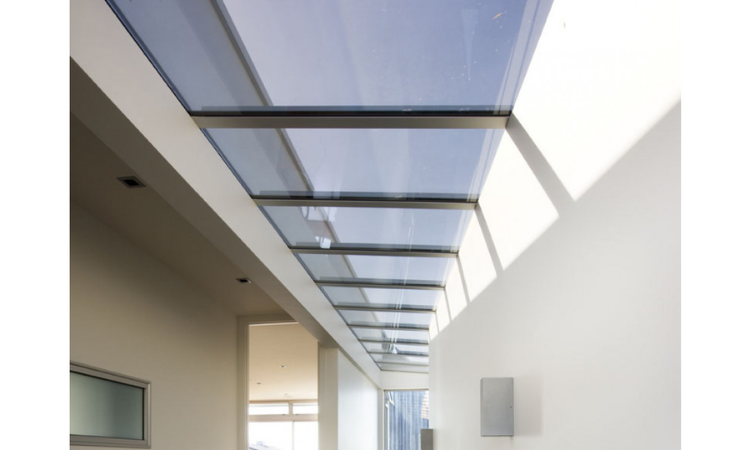The utilization of glass windows and roofs contributes to the establishment of a building envelope that prioritizes safety and security. A diverse range of materials, including glass, metal, and plastic, can be utilized in their construction.
Benefits of Window and Overhead Glazing Systems Installation
The installation of window and above-glazing systems might yield many favorable consequences.
- Enhancing a building’s energy efficiency can be achieved by implementing windows and above-glazing systems that effectively mitigate heat loss and minimize air intrusion.
- One advantage of daylighting is the decreased need for artificial illumination, which is accomplished by employing window and roof glass systems.
- The implementation of windows and roof glazing systems can enhance security measures by increasing the difficulty for potential intruders to breach a building’s perimeter.
- The implementation of windows and above-glazing systems can effectively safeguard a building from many environmental elements, including wind, rain, and snow.
- The visual attractiveness of a building is greatly influenced by the presence of windows and roof glazing.
Different Window and Roof Glazing System Types
Various types of windows and overhead glazing systems possess distinct advantages and disadvantages. The most prevalent varieties are:
- The utilization of structural glazing is seen in window systems wherein the glass is affixed to the frame. The proposed system architecture exhibits the potential to offer great energy efficiency and demonstrates remarkable robustness and durability.
- The glass panes inside a unitized/frame curtain wall system are manufactured and mounted as a singular, uninterrupted component. The energy savings potential of this system is considerable, and its installation and maintenance processes are straightforward.
- Frameless glass windows are characterized by the absence of any discernible frame elements, presenting as clear panes of glass without any obvious borders. The aforementioned window system exhibits a streamlined and contemporary aesthetic, while also demonstrating commendable thermal efficiency.
- A pierced curtain wall, also known as a stick curtain wall, refers to a specific architectural window design characterized by the installation of individual glass panes. This particular system has the potential to offer the highest degree of customization; yet, its implementation and maintenance may pose challenges in terms of complexity and operational efficiency.
Process of Installing Window and Overhead Glazing Systems
The installation procedures for windows and above-glazing systems exhibit variability depending on the specific type of system being installed. Nevertheless, there exist certain universally applicable techniques that can be implemented across various types of systems. The aforementioned measures encompass:
- To prepare the area for the installation of the system, it is necessary to remove any pre-existing glass. It is imperative that the designated area is maintained in a pristine condition, devoid of any extraneous materials or clutter.
- The concept of “The Frame’s Being” Compile: The subsequent stage involves the establishment of the system’s framework. The task at hand might be accomplished by the utilization of adhesive bonding, welding, or bolting techniques.
- The process of glass installation involves the placement and securing of glass materials in a designated area. Subsequently, the framed glass is mounted in place. One potential solution involves the use of an adhesive or sealant.
- The act of preventing the intrusion of external elements by means of sealing. The subsequent procedure involves the application of a sealant and weatherproofing measures to mitigate the occurrence of air and water infiltration within the system.
- Maintenance refers to the act of preserving or restoring an object, system, or process to its In the context of designing a window or an overhead glazing system, it is imperative to recognize the importance of regular maintenance in ensuring the optimal functioning and longevity of these systems. This maintenance may encompass:
- Maintenance: It is necessary to engage in routine cleaning of the glass in order to eliminate dust, filth, and other particulate matter.
- Regularly inspecting the system for indications of damage or wear is vital.
- The sealant or glue utilized within the system may require future replacement.
- The majority of window and overhead glazing systems are accompanied by a warranty. It is imperative to thoroughly peruse the warranty document and attain a comprehensive comprehension of its stipulations and constraints.
Conclusion
In conclusion, it can be inferred that the aforementioned points lead to the logical conclusion that…
The implementation of window and above-glass systems can effectively improve a building’s thermal performance, safety, and aesthetic appeal. However, it is imperative to ensure the proper installation of the software and the appropriate selection of the system type for the program. Sustaining an optimal state of well-being necessitates regular and diligent maintenance.


buy crotamiton online cheap – bactroban ointment generic generic aczone